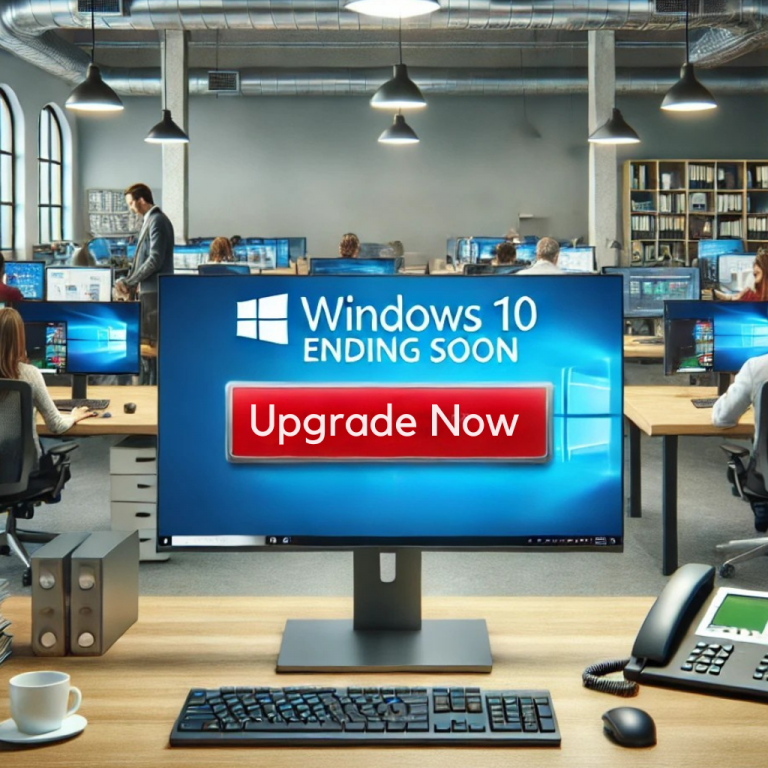When your systems go down, everything grinds to a halt—productivity, communication, revenue.
It’s not just inconvenient—it’s expensive.
Just ask MGM Resorts. During a major cyberattack last summer, their systems collapsed: room keys stopped working, casinos shut down, and online bookings vanished. The result? Millions in losses.
For midsized businesses in Dallas/Fort Worth, the same risks apply—just on a smaller (but no less painful) scale.
Whether it’s downtime from internet outages, nonstop help desk tickets, or cybersecurity gaps, one thing’s for sure: your business can’t afford IT problems.
Why Internal IT Teams Are Struggling
Even with an in-house IT department, many businesses face:
- Overworked tech staff
- Delayed upgrades and maintenance
- Poor cybersecurity hygiene
- Reactive (instead of proactive) support
That’s where co-managed IT services come in. We don’t replace your IT team—we enhance it.
What Is Co-Managed IT?
Co-managed IT is a hybrid support model where your internal team partners with a specialized IT provider (like us) to:
- Offload repetitive tasks
- Strengthen cybersecurity
- Gain access to enterprise-grade tools
- Get proactive strategic guidance
- Scale support as your business grows
You keep control. We add bandwidth, expertise, and peace of mind.
Quick Health Check: Is Your IT Really Supporting Your Business?
Run through this checklist and see how your current IT setup stacks up:
✅ Are tech issues resolved quickly, or does downtime drag on?
✅ Does your team have access to enterprise-level tools and monitoring?
✅ Are updates, patches, and backups handled proactively?
✅ Is there 24/7 threat detection—even on weekends and holidays?
✅ Does your IT roadmap align with your business growth strategy?
✅ Are employees trained to spot phishing and cyber risks?
✅ Are projects delivered on time and within budget?
✅ Do you receive regular reports on network health and security?
✅ Is your internal IT team supported—or just constantly putting out fires?
If you answered “no” to more than a couple, it’s time to rethink your approach.
Why DFW Businesses Are Turning to Co-Managed IT
Here’s how a co-managed IT partner can transform your business:
🚀 Reduce IT Overload – Offload patching, ticketing, monitoring, and other day-to-day tasks
🛡️ Boost Cybersecurity – Implement advanced threat detection, compliance tools, and endpoint protection
📈 Scale Without Stress – Adapt your IT infrastructure to growth without adding full-time hires
🎯 Gain Strategic Insight – Tap into deep expertise in cloud, networking, compliance, and security
💡 Enhance Efficiency – Free your internal team to focus on high-value initiatives
Ready to Eliminate IT Problems for Good?
If your internal IT team is overwhelmed, or you’re tired of recurring tech issues, co-managed IT could be the solution you’ve been looking for.
📞 Schedule a FREE 15-minute discovery call to see how we can reduce your IT headaches, strengthen your cybersecurity, and help your business grow—without the chaos.
👉 Book your call now or call us at 214-550-0550 to get started.








